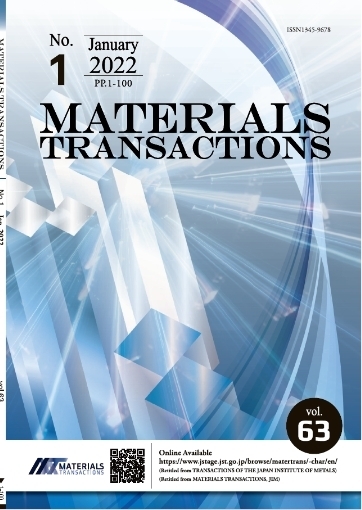The additive manufacturing (AM) process, which can produce highly complex components, has been getting significant attention in both industry and academic research. Ti-based alloys, Ni-based superalloys, and Co-Cr-based alloys have been widely investigated. However, as Ni-based superalloys have precipitated phases such as the γ′ and γ′′ phases, and Ti-based alloys and Co-Cr-based alloys are multiphase alloys which have phase transformation, it is difficult to clarify the factors in the AM process that influence the strength of these alloys. In this study, SUS316L stainless steel, which is a single-phase solid-solution alloy and does not have precipitated phases, was used to investigate the effect of specific factors in the AM process on anisotropy or mechanical properties, and the strengthening mechanism in the AM process in comparison with SUS316L plastic-forming (PF) material. The AM SUS316L was fabricated by selective laser melting using an ytterbium fiber laser from fine metallic powder. We found that the coarse columnar grains grew up along the built direction and the dislocation cell structures which were induced during the AM process into the AM material. During the solution heat treatment, dislocation recovery was observed. The AM specimens showed higher tensile and creep strength compared with the conventional material (the PF material) because of the high dislocation density. The ductility of the AM specimens was lower than that of the conventional material because of defects caused by a lack of fusion at the molten pool boundaries. Furthermore, the specimens whose loading direction corresponds to the built direction showed lower strength and elongation than the specimens whose loading direction was perpendicular to the built direction due to the oriented defects. This Paper was Originally Published in Japanese in J. Japan Inst. Met. Mater. 80 (2016) 772–777. In order to more precisely explain the background, the experimental procedures, and the results, some parts of the contents were revised. The revised contents were enumerated bellow. The sentence of “abstract”, “introduction”, “materials and experimental procedures”, “result”, “discussion”, and “conclusion”, Fig. 4, and the title of Table 1, Table 2, Fig. 1, Fig. 3, Fig. 4, Fig. 5, Fig. 9, and Fig. 10 were slightly modified. Fig. 9(b) was exchanged to another TEM image.










